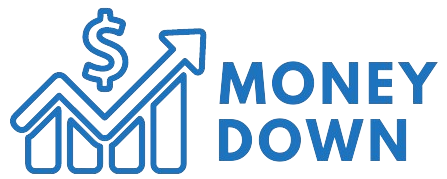Consumer and business sentiment influences every thing from stock market dynamics to elections to buying decisions. But what aspects influence consumer and business sentiment? To answer this query, we checked out measures of sentiment – also called trust – and their underlying determinants, dating back to the Eighties. We have found that the aspects which have historically accurately signaled the direction of sentiment aren’t any longer reliable.
We examined the University of Michigan Consumer Sentiment Index (UMCSENT), the Consumer Confidence Index (CCI), and the Business Confidence Index (BCI). We then retrieved data on various macro aspects. These included unemployment, rates of interest (Fed Funds Rate), inflation, GDP growth, loan default rates, personal savings rates, stock market returns, and labor force participation rates.
Next, we regressed all of our measures of consumer and business sentiment on each macro variable and split the sample by decade. Figure 1 shows the outcomes of our model with UMCSENT because the dependent variable. Figure 2 uses CCI and Figure 3 uses BCI. In the tables, a “+” symbol signifies that the coefficient in our model was significant and was in the proper direction (i.e. based on historical expectations). An “x” symbol signifies that the coefficient was either insignificant or went within the mistaken direction (i.e. not what we’ve got seen up to now).
Figure 1. University of Michigan Consumer Sentiment Index (UNCSENT)

Figure 2. Consumer Confidence Index (CCI)

Figure 3. Business Confidence Index (BCI)

The first interesting result’s that in our measures of consumer sentiment within the Eighties, just about all variables were significant and moving within the expected direction. GDP growth led to high consumer confidence; higher unemployment led to lower consumer confidence; Higher inflation led to lower consumer confidence, etc. However, over time our model became less predictive. In the post-COVID period, a rise in GDP didn’t translate into an improvement in consumer sentiment. Even a rise in unemployment had no impact on sentiment. In fact, only two of eight variables had significant power to predict the direction of consumer sentiment: inflation and stock market returns.
To quantify the coefficients in our model, within the Eighties, a one percentage point increase in inflation led to a 3.4 point decline within the Michigan index, and a 1% increase in unemployment led to a decline in Michigan index by 3.6 points.
In fact, our model has develop into rather more muted within the post-COVID period. As of 2020, a 1 percentage point increase in inflation only resulted in a 1.1 point decrease within the Michigan index, and a 1% increase in unemployment only resulted in a 2.3 point decrease within the index.
Furthermore, the strength of our model (i.e. predictive power) has also decreased over time. The Adjusted R^2 was 0.88 within the Eighties and has fallen to 0.72 today. We also see similar ends in the BCI model, but to not the identical extent as we see in our consumer sentiment results.
What might be the underlying reason for all this? There are likely many aspects, but one highlighted in previous literature could also be partisanship. Individuals have found that today, individuals change their views on the economy and sentiment to a much greater extent depending on who holds political office. The upcoming US presidential election might be certainly one of the underlying aspects that we ignored in our study.
Whatever the case, unemployment, labor force participation and GDP growth now not explain how consumers feel about their prospects. The causes of this phenomenon deserve further investigation.

